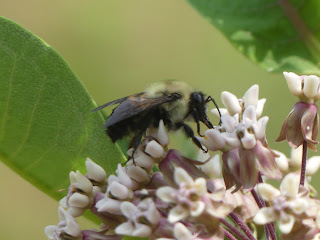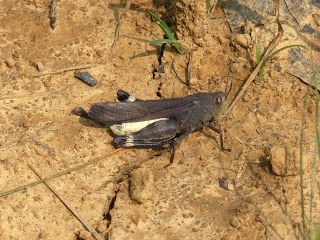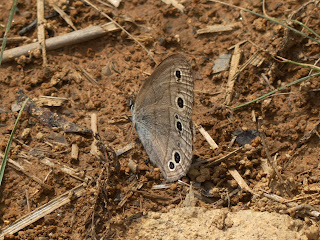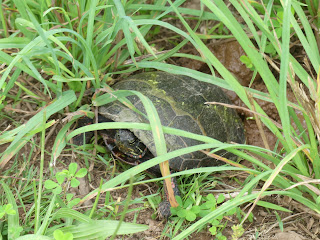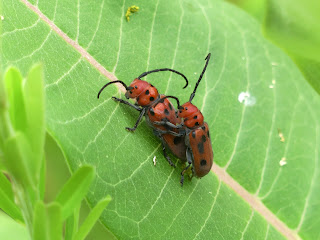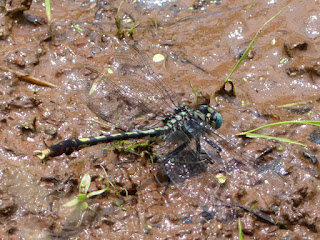Common Box Turtle
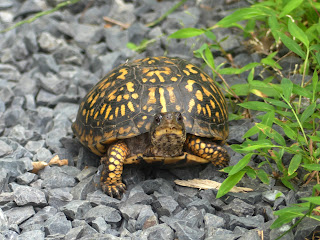
I'm not the fastest walker in the world these days, but I met a hiker on a trail that's even slower than me; it's a Common Box Turtle . I suspect that this is a female since the eyes of most males are red. When I see most (suspected) female turtles on land, I normally think they're looking for a place to lay eggs before retreating back to the water. But our box turtles are different, spending most of their time on land [1]. Still, May to July is when the females lay eggs. Box turtles can live a long time; they've been known to live over 130 years. I don't remember this individual being especially large though, so I doubt she's especially old. June 23, 2023 at Washington Valley Reservoir Photo 301112364, (c) jpviolette, some rights reserved (CC BY-NC) [1] My understanding is that box turtles can swim if they have to, but they prefer not to.




